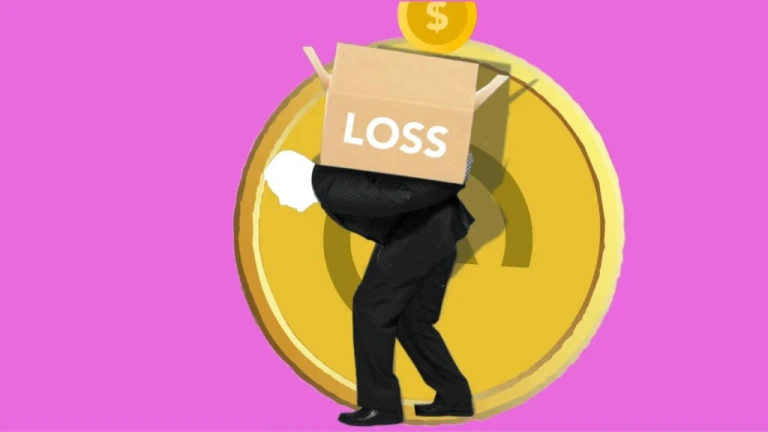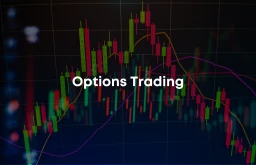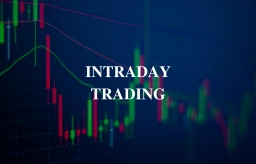How to limit losses using Stop-Loss Orders?

In trading, a stop-loss order is an order placed with a broker to buy or sell a security when it reaches a certain price. This is done in order to limit losses in case the price of the security falls sharply. A stop-loss order is therefore used to limit losses. It is important to note that a stop-loss order does not guarantee that your position will be filled at the stop price. In this article, we will explore how to use stop-loss orders to limit losses in your trading. We will also discuss some of the risks involved with using stop-loss orders.
What are Stop-Loss Orders?
A stop-loss order is an order placed with a broker to buy or sell a security when it reaches a certain price. This type of order is designed to limit an investor’s loss on a security position.
There are two primary types of stop-loss orders: absolute and trailing. An absolute stop-loss order is placed at a specific price, and the trade is executed if the security’s price reaches that level. A trailing stop-loss order is placed at a certain percentage or dollar amount below the market price, and the trade is executed if the security’s price falls by that much.
Stop-loss orders can be placed on both long and short positions. For long positions, a stop-loss order would be used to protect against downside risk. For short positions, it would be used to protect against upside risk.
Stop-loss orders are not foolproof, however; they can only help limit losses, not prevent them entirely. In fast-moving markets, it’s possible for a security’s price to drop quickly enough that the stop-loss order isn’t triggered until after the position has already been liquidated at a loss. And even in slower markets, there’s always the chance that the security will never reach the stop-loss price.
How do Stop-Loss Orders work?
When you place a stop-loss order, you are instructing your broker to execute a trade when the stock reaches a certain price. This is done to limit your losses in the event that the stock price falls.
A stop-loss order is typically placed below the current market price of the stock. For example, if you own shares of XYZ Corporation. And it is currently trading at $50 per share, you might place a stop-loss order at $48 per share. This would instruct your broker to sell your shares if the price falls to $48.
Stop-loss orders can be placed with most brokers and are often used by investors who are worried about a stock’s price falling too low.

How to use Stop-Loss Orders to limit losses?
In a stop-loss order, you are telling your broker to sell your stock if it falls to a certain price. This is designed to limit your losses if the stock price falls.
To place a stop-loss order, you will need to contact your broker and provide them with the following information:
- The name of the stock you want to buy or sell
- The number of shares you want to buy or sell
- The stop price – this is the price at which you want your broker to execute the trade
- Whether you want a regular or trailing stop-loss order
What are the advantages of a Stop-Loss Order?
If used correctly, stop-loss orders can help limit your losses on a trade. This price is known as the stop price. When the stop price is reached, a stop-loss order becomes a market order and is executed at the next available opportunity. Stop-loss orders are often used to protect profits on a trade or to limit losses if the market moves against your position.
There are several advantages of stop-loss orders:
- They can help limit your losses on a trade.
- They can take emotion out of the decision-making process.
- They can be used to protect profits on a trade.
- Once the stop price is reached, the order becomes a market order and is executed at the next available opportunity.
What are the disadvantages of a Stop-Loss Order?
There are a few potential disadvantages to using stop-loss orders, including:
- Incorrect placement – If you place your stop-loss order too close to the current market price, you runs the risk of having it triggered prematurely. Conversely, if you place it too far away, you may end up sustaining greater losses than you had anticipated.
- Slippage – When markets are volatile, there is a greater chance that your stop-loss order will be executed at a worse price than the one you had originally specified. This is known as slippage and can eat into your profits or exacerbate losses.
- Emotional attachment – It can be difficult to let go of a losing position, even if it is in line with your original risk management plan. Stop-loss orders can help take the emotion out of decision-making. However, it is important to be aware of this potential pitfall before implementing them.









